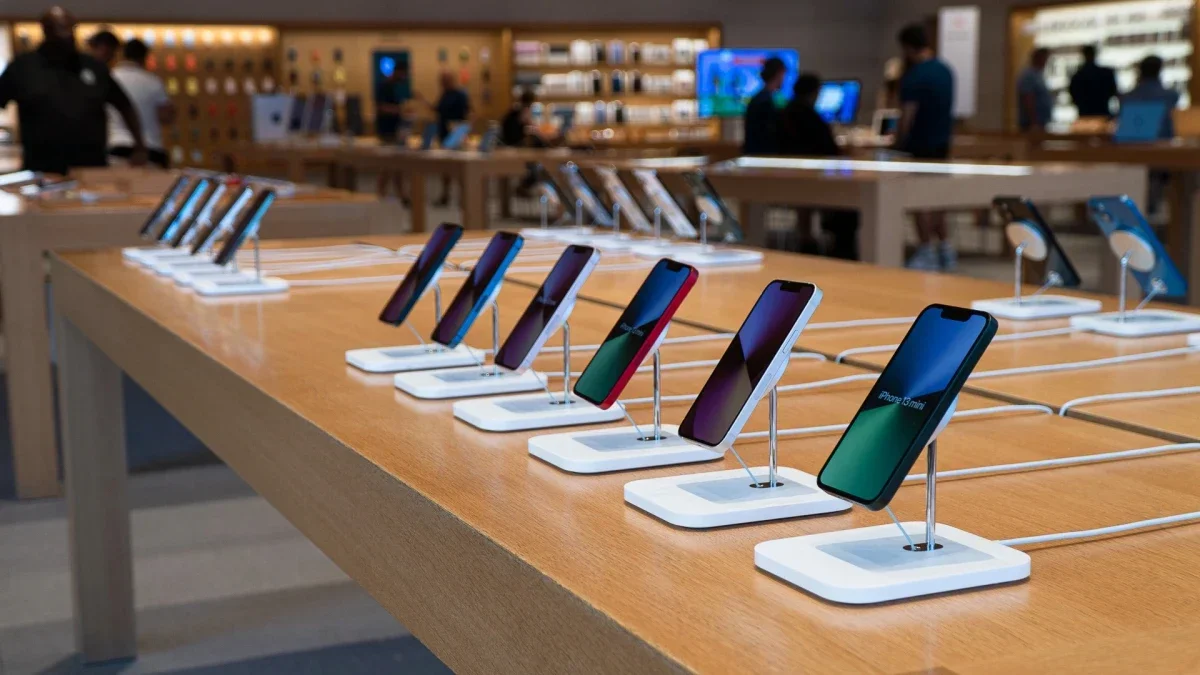
That would include the power button, volume button, the Action Button, and the new Capture button. The latter would act as a shutter button for photographs and a record button for videos. Swiping the button would reportedly adjust the zoom level and a half-press would focus the scene/subject being photographed.
Instead of pressing a mechanical button and feeling the force of your touch pushing the button in, the capacitive button works with the touch of your finger. While it doesn’t move when you press it, you might feel some haptic feedback indicating that your touch has been registered by the device. In fact, today’s report does say that Apple will use two Taptic Engine motors to create vibration whenever any one of the capacitive buttons is pressed.
The advantage of using solid-state capacitive buttons for the iPhone is that they don’t wear down from repeated use like mechanical buttons do. With high-end flagship phones so pricey these days, many buyers are planning to own their phone for many years and the last thing they want is to have the mechanical buttons break down and stop working.
Another Apple supplier, China’s top foundry SMIC (and the firm that produced the controversial 7nm Kirin 9000s 5G SoC for Huawei last year) will deliver two SiPs (system-in-package) for the capacitive components and these are expected to be mass-produced during the third quarter which would be cutting it close if Apple does plan on including the capacitive buttons with the iPhone 16 series.
#Fresh #report #Apple #major #change #buttons #iPhone


